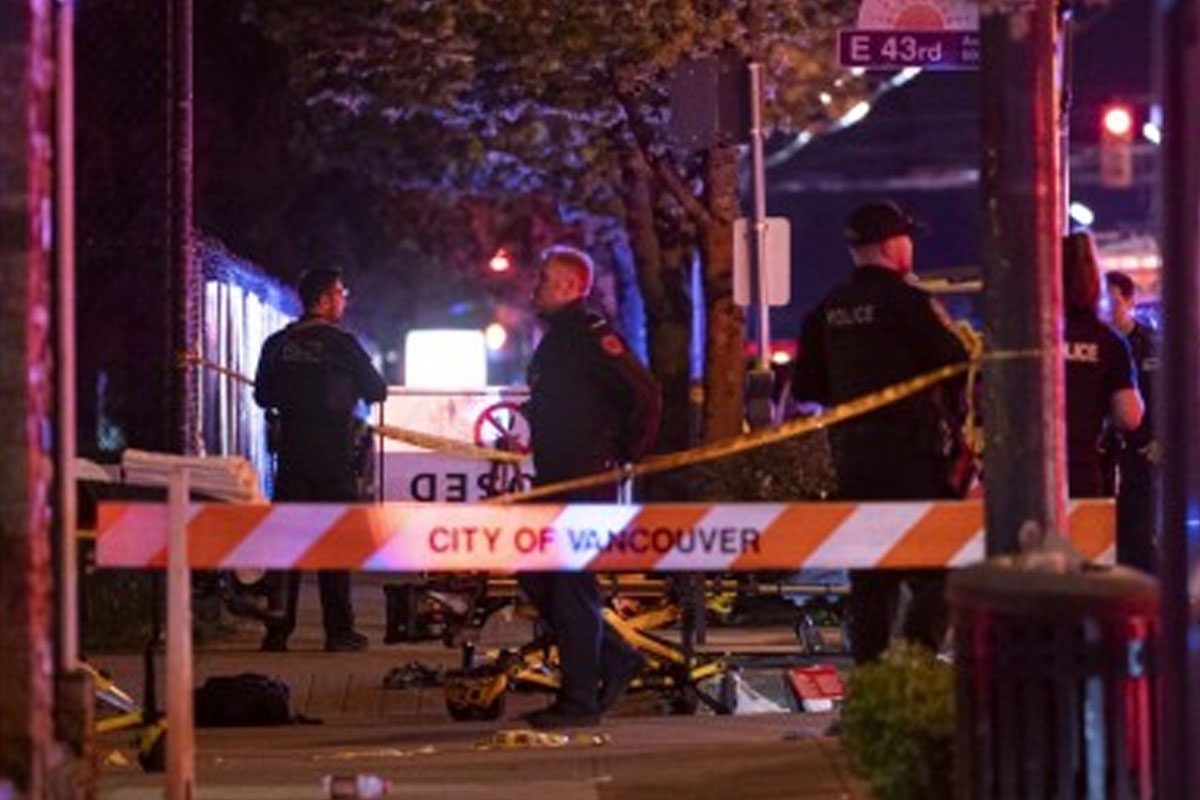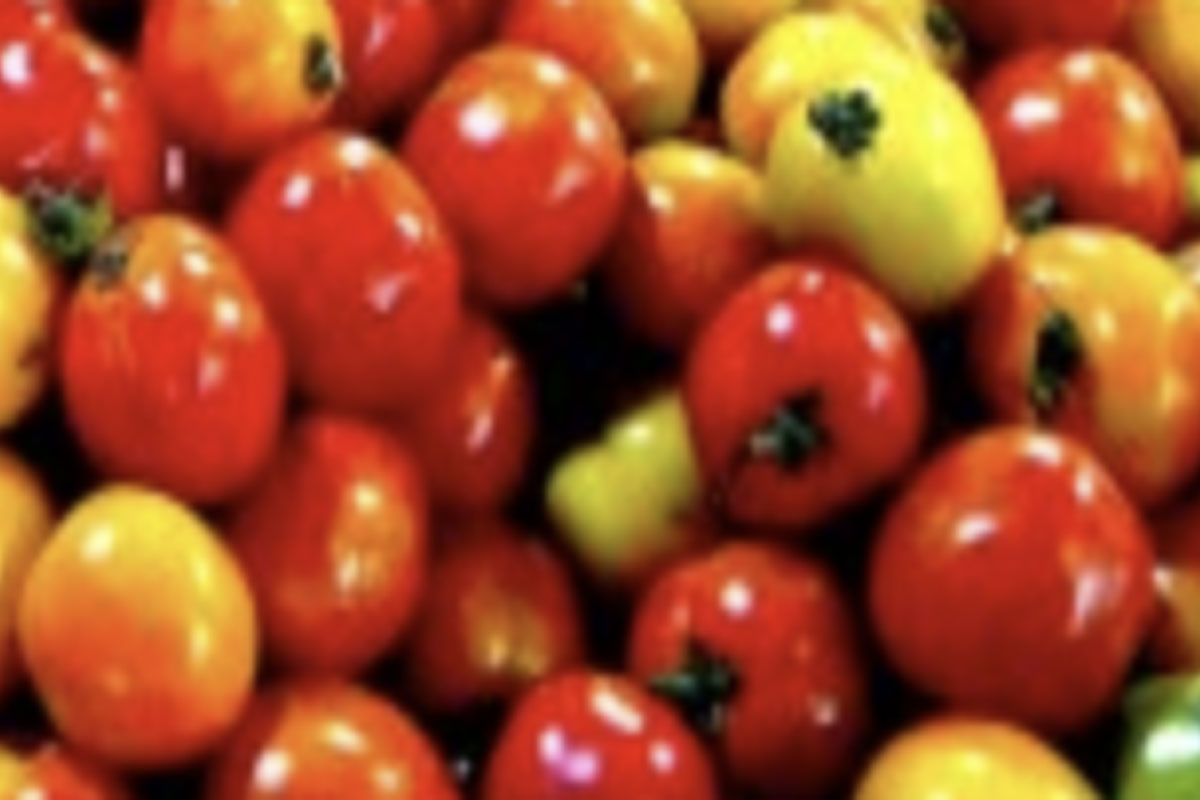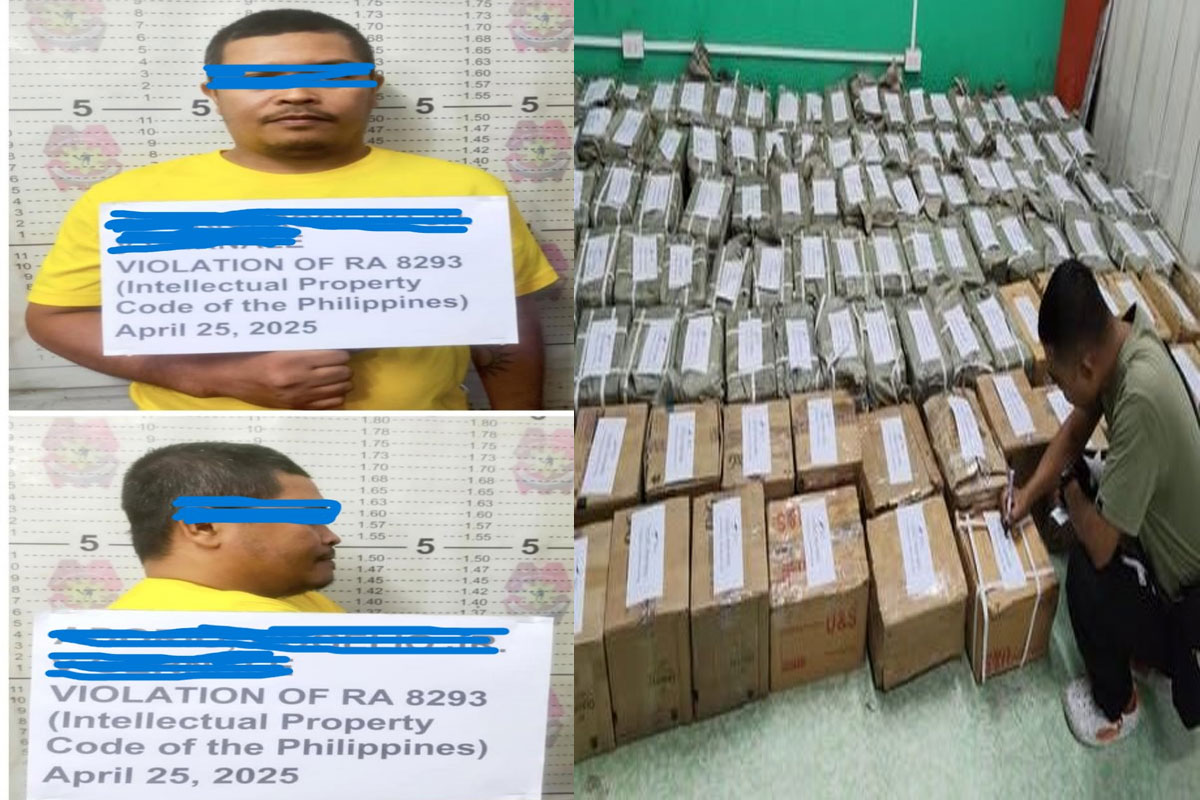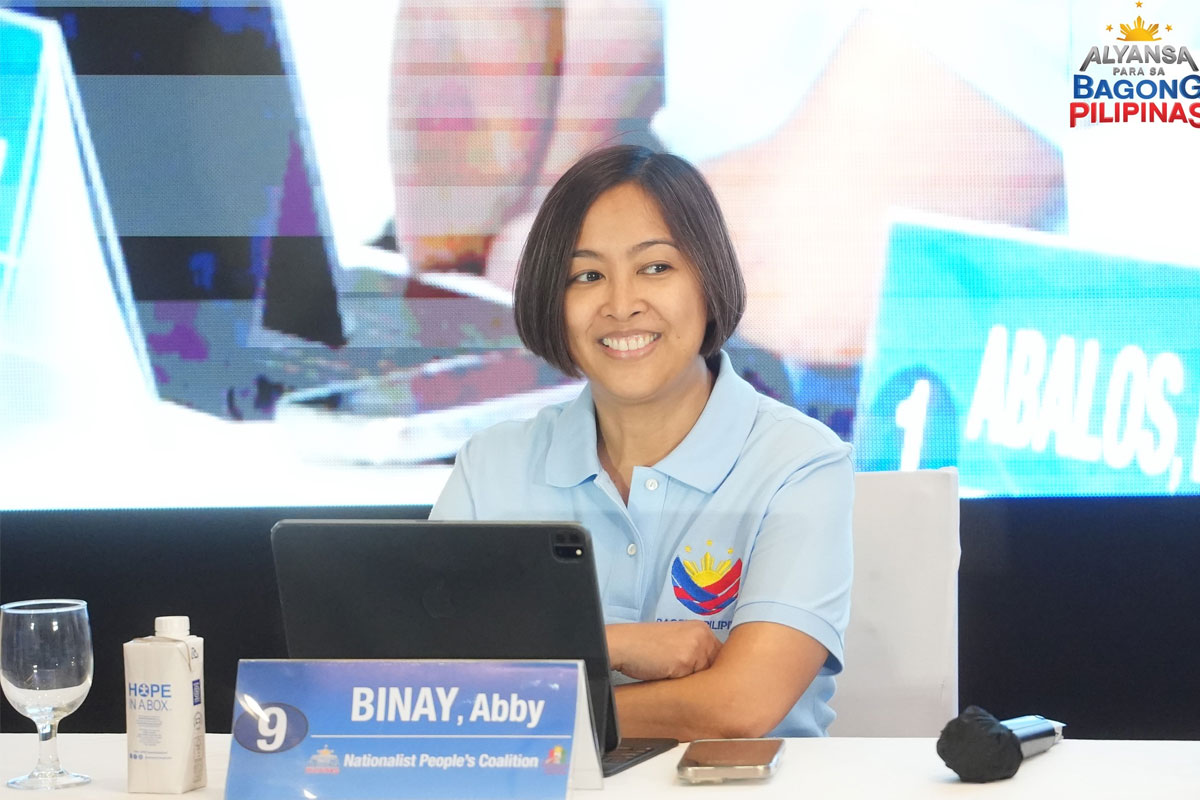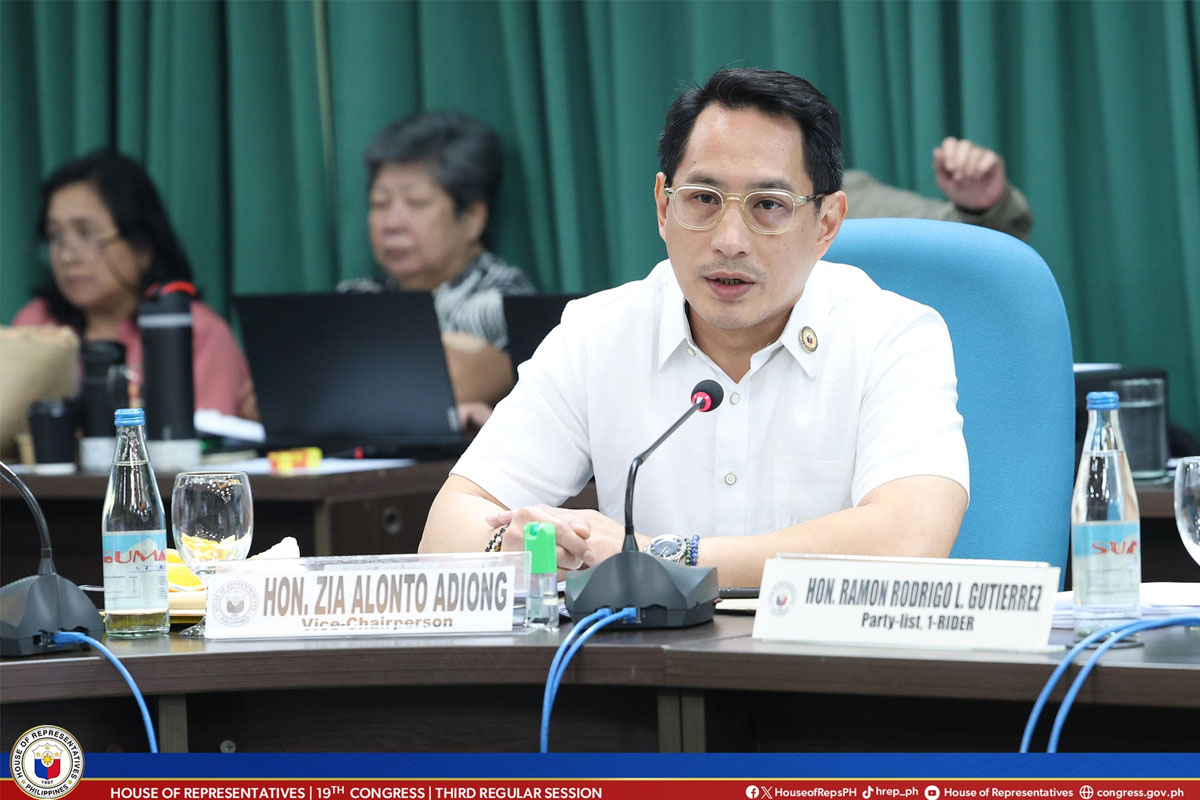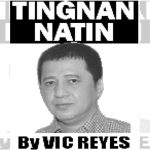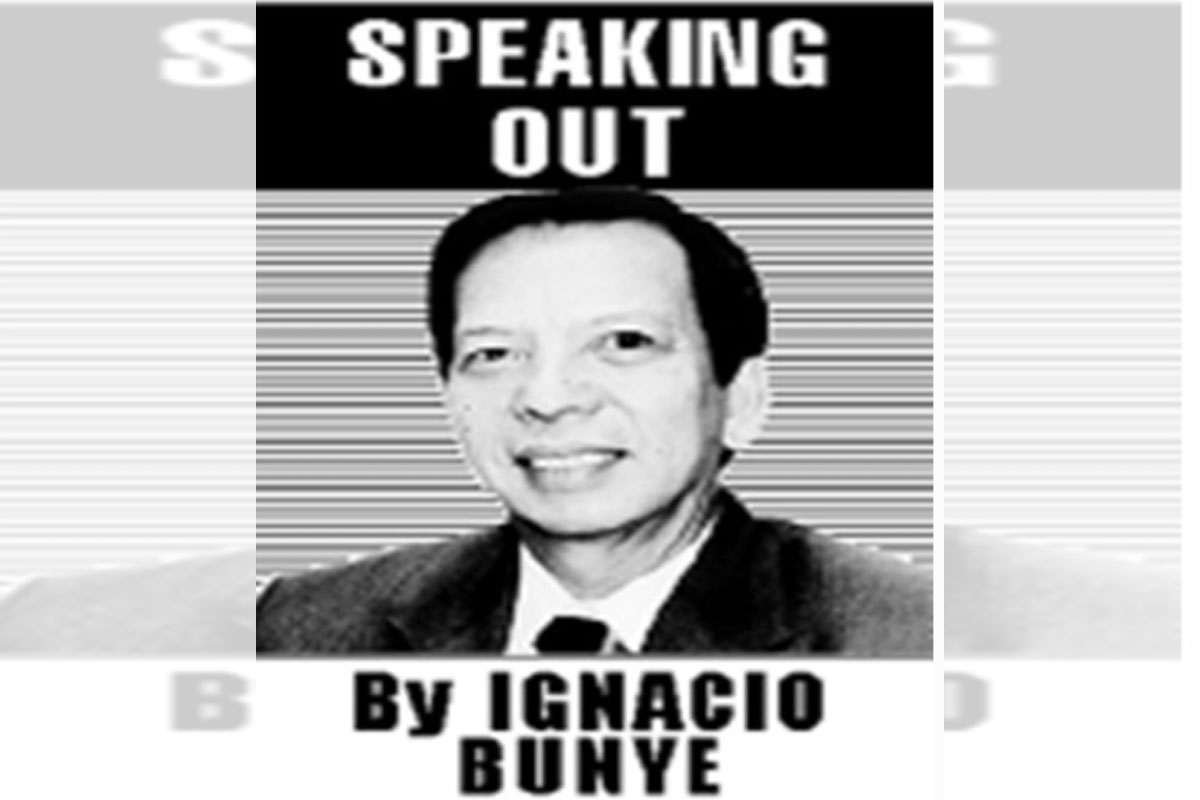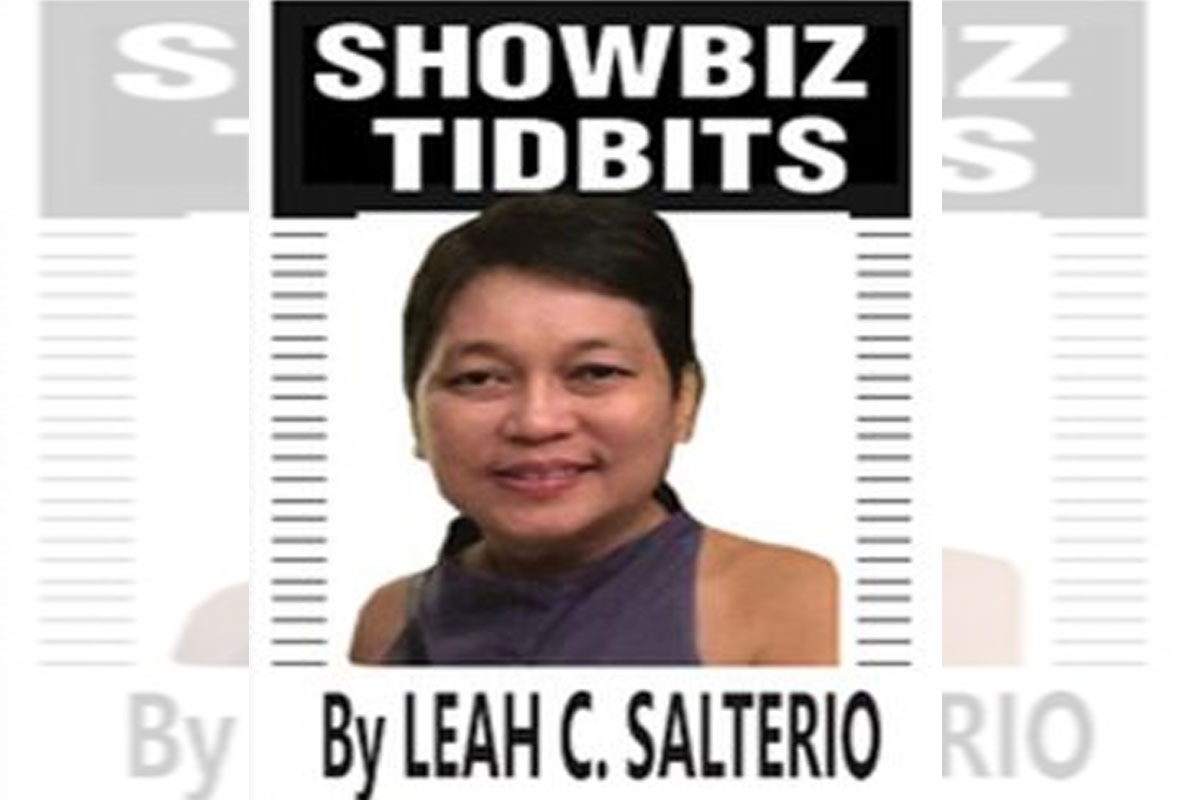
The science of sports nutrition
SINCE I got involved with the Philippine Sports Commission(PSC) last year as a consultant initially, later on as Executive Assistant in the office of my old friend now Commissioner Fritz Gaston, I have noticed a lot of changes in my life.
For one, as my wife has observed that at my age now, I went back to a full time work.
It was a choice on my part, my work ethic has been this since I started working, a job is something I take seriously, what more with work associated with sports.
I have also changed my management style, working with the current generation, now more in control of my temper though it still emerges from time to time.
Then I found myself attending seminars now instead of conducting ones as with my life prior to the PSC, though my credentials as a resource speaker have been questioned by some who may not be familiar with the fact that I have been doing management learning sessions, seminars, and workshops for maybe three decades already, even a couple on media relations with the PSC itself early last year.
Anyway, that is irrelevant maybe.
So last Thursday I spent one whole day at the SMEX Convention Center for the first sports nutrition summit organized by the Sports Nutrition Association of the Philippines( SNAP), headed by its president Fia Batua Mambuay, now a new friend, in collaboration with the PSC and the Philippine Association of Nutrition.
It was a full packed affair including regular and para athletes from different National Sports Associations (NSAs) and the PSC with the latter sending three resource speakers, Dr. Raul Alcantara who talked on the overtraining syndrome, Karen Trinidad on mental resiliency of elite athletes, and Joshua Timpog on caffeine and its effect on athletic performance.
Comm. Gaston also delivered the opening remarks lauding SNAP for its initiative to organize the event and citing the importance of nutrition for all athletes.
Fia opened the summit proper with her talk onIntegrating sports science with nutrition for peak perfornance, fact is, the topics also covered other sports science areas like psychology and strentgh and conditioning, for a well and inclusive integrated presentation by all the speakers, and appreciated by the participants.
On my part, again, the event expanded my knowledge on sports nutrition, an area that like sports psychology has yet to be fully embraced by our athletes though we have .ade some inroads for sure.
Among others, it is now accepted that science has affected the athletic performance of athletes, to the pojnt that many traditionalists are frowning on science’s expanded role in sports.
But then reality is reality, it is what it is, and science will continue to play that major role for athletes.
In the summit, it was presented that Artificial Intelligence has to be appreciated for capability to analyze, then there was the Continuous Glucose Monitoring (CGM), and nutri-genetic testing, still on its development stage.
The need too for the periodization of training to ensure full recovery , the proper neals depending on the mode of training, the effect of caffeine in small dosages that can be beneficial, and why sports psychology’s role should never be underestimated but embraced instead.
It was good too to see old friends and acquaintancesin the world of sports, Herc Callanta, now athletic director for Lyceum, and wife Luchi, a SNAP official, Annette Nelmida, mother to blind para triathletes Joshua and Jerome, athtetes from sambo which is under our oversight in the PSC, and some new ones like Qatar- based runner and coach Jerome Sales .
You see this is what I like most in my engagement with the PSC, I move in familiar circles and meet sports friends anew.
My congratulations to Fia and SNAP for this summit, see you people in future projects.






